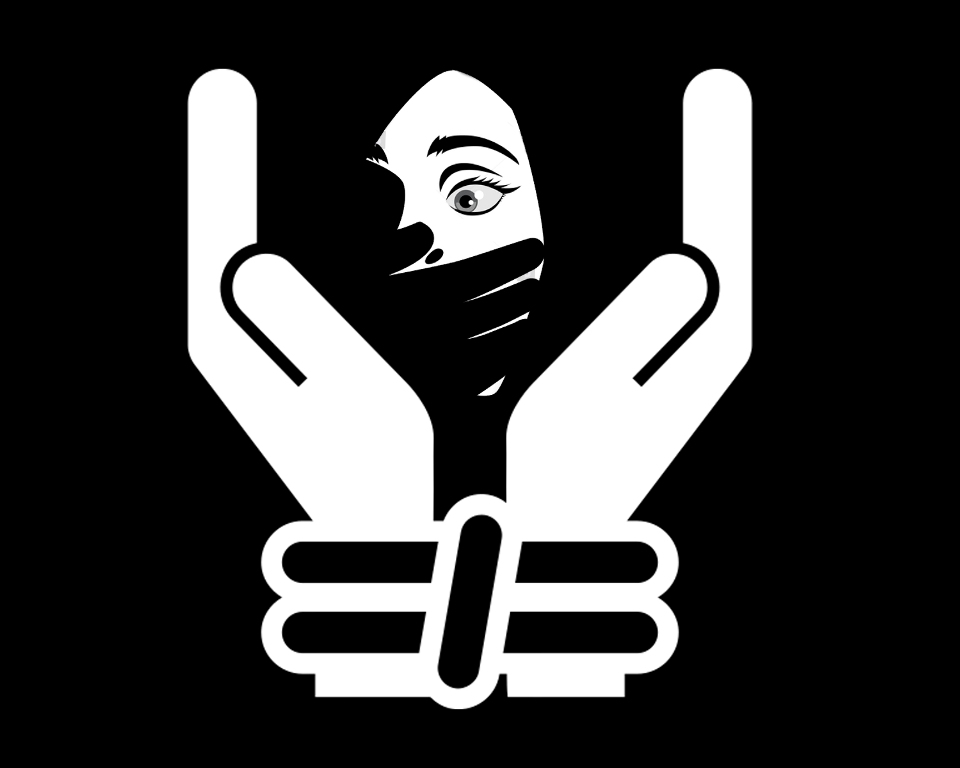MONDAY, OCTOBER 20, 2025
- Home
- Nagaland’s curious case of kidnap claims and viral panic
Nagaland’s curious case of kidnap claims and viral panic
Dimapur faced a wave of panic over child abductions in May, but police say most viral claims were unverified and misleading.
Share

DIMAPUR — Throughout May, a series of disturbing incidents involving alleged child abductions, missing students, and suspicious encounters gripped the public in Dimapur and Chümoukedima.
Schools conducted awareness sessions, social media lit up with alerts and warnings, and a wave of fear swept through communities.
However, a closer examination of these cases reveals a more complex story—one where public anxiety, amplified by unverified social media content, often outpaced confirmed facts.
A detailed review of official records shows that none of the incidents reported in May were conclusively confirmed as abductions.
The trigger
The first incident in this series emerged on May 16, when two girls from Toulazouma Government Primary School were allegedly approached by a non-local man in a red car who attempted to lure them with money.
A similar incident involving a Class 5 boy reportedly occurred later that day.
These cases came to light on May 19, after which the school conducted safety awareness sessions.
A week later, on May 22, a Class 12 student from Little Star Higher Secondary School claimed he had been abducted near New Market by three unidentified men.
According to the student’s father, the boy was possibly drugged and later found himself in a forested area.
However, he managed to escape and reach the Supermarket area, where he contacted his aunt.
While no formal police complaint was lodged, the matter was investigated following circulation on social media.
Also read: Nagaland's 1098 Child Helpline: Protecting children, one call at a time
Commissioner of Police, Dimapur, Kevithuto Sophie, explained: “Although no written complaint was received, an inquiry was initiated...It was found that the student’s statement contradicted the CCTV footage that was recovered and analysed.”
The footage, police said, showed the student “roaming around the Supermarket area, wearing a black T-shirt and half pants, accompanied by one of his friends.”
Police concluded it was “misleading information causing undue public panic,” which also diverted resources from active investigations.
On May 24, a genuine tragedy struck when 19-year-old Pesha Khiamniungan, a Class 11 student, was reported missing.
His body was recovered two days later from the Dhansiri River by the Diphu Police.
On June 2, a friend confessed during interrogation by the Dimapur Police, that Pesha had drowned the day he disappeared.
The friend remains in judicial custody.
Just four days later, on May 28, a Class 4 student was reported missing after her exam.
She was found safe a few hours later at a friend’s house.
Her parents and school publicly clarified the situation and urged caution before sharing unverified reports online.
Another incident was reported on May 29, when two boys were allegedly abducted from Diphupar village by three unknown men in a silver Maruti Alto.
However, police later confirmed the boys had been picked up on suspicion of substance abuse and released unharmed at 3rd Mile.
“They were taken away by three unknown Nagas on suspicion of drug possession but were released unharmed after it was confirmed that they were students,” Sophie confirmed.
On May 30, another viral post claimed a young man had narrowly escaped abduction and forced injection by strangers.
Police found inconsistencies in the account and suspect the individual may have been intoxicated.
Again, no formal complaint was filed.
Verify and verify
Speaking to Eastern Mirror, Commissioner Sophie outlined the challenges for law enforcement during this period.
“In the absence of a formal FIR, law enforcement faces legal and procedural limitations in initiating an official inquiry or undertaking preventive measures,” he said.
He warned that unverified social media content “significantly hampers ongoing investigations by diverting resources and generating undue public panic,” and urged citizens not to upload or circulate reports about missing children unless verified by police.
“Citizens should verify the facts from credible and official sources before uploading the information and refrain from sensationalising such incidents or using alarming language that may create public fear or unrest.”
Sophie said Dimapur Police are now relying on HUMINT (human intelligence) and digital intelligence teams to immediately verify viral claims.
Awareness campaigns are also being conducted in schools and public spaces to promote responsible sharing.
The boy and the wolf
Members of the media and civil society also echoed the police’s concerns.
Moalemba Jamir, Associate Editor at The Morung Express, said the public “should prioritise accuracy over speed when sharing content” by verifying its authenticity first.
He urged people to be cautious of “sensational headlines in bold or capital letters, unfamiliar websites, suspicious links, or WhatsApp messages marked ‘forwarded many times’,” adding that simple tools like Google Search or checking comment sections can help debunk misinformation.
Jamir stressed that while vigilance is important, “it is equally important for the media and state agencies to ensure a timely flow of authentic information.”
“The state machinery, in particular, must direct efforts toward improving accessibility and transparency, as well as consistent public engagement to counter misinformation, rather than enforcing regulation,” he added.
Dr. Andrew Ahoto Sema, Chairman of Livingstone Foundation International, said that child safety in urban schools like Dimapur must be addressed through a comprehensive, multi-layered strategy, including access control, surveillance systems, emergency response plans, and community collaboration.
He recommended training security personnel and school bus drivers, and conducting regular safety drills.
Children, he said, should be taught personal safety, self-defence, and emergency preparedness.
Read more: Education as a pretext: Hidden faces of child labour in Nagaland
To reduce misinformation and the resulting panic, he said schools and civil society should focus on fostering media and information literacy, promoting critical thinking, and strengthening trust in credible sources.
He also advised families affected by false reports to document everything: “It is always wise to keep documentary evidence of the false information, like screenshots of posts, comments, reposts, etc. If necessary, the victim or victims should also release a statement to clarify the truth and provide accurate information.”
Limalenden Longkumer, Editor of Mokokchung Times, noted that “spreading unverified missing or abduction cases on social media—even with good intentions—poses serious risks, as it can cause public panic, mislead investigations, and waste police resources on false leads.”
He added that viral misinformation can retraumatise affected families and divert attention from genuine cases requiring urgent response.
“Once false information spreads,” he said, “it is difficult to retract, damaging credibility and trust in genuine alerts.”
Longkumer called for stronger collaboration among media, law enforcement, and civil society.
The media, he said, should “verify information with authorities before publishing and prioritise facts over sensationalism,” while law enforcement must provide “timely and accurate updates to prevent misinformation.”
Civil society can also play a key role by assisting affected families, sharing verified alerts, and promoting safety awareness.
He emphasised the need for a coordinated framework to protect victims’ dignity and keep investigations focused and free from distraction.
He also pointed out that media literacy remains limited in Nagaland, making it difficult for many to distinguish trustworthy content from misinformation—especially online.
Longkumer warned that the repeated spread of unverified information could lead to "panic fatigue" among the public.
“The problem with panic fatigue is that people may begin to ignore warnings and reduce their responsiveness when actual threats occur. One is reminded of the classic fable of The Boy Who Cried Wolf,” he said.

